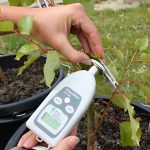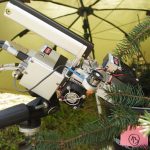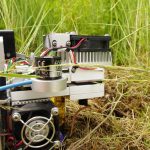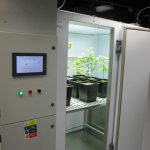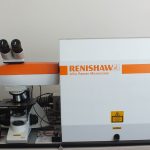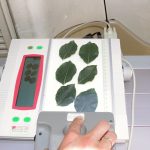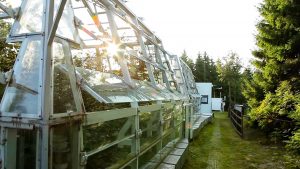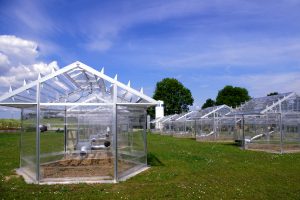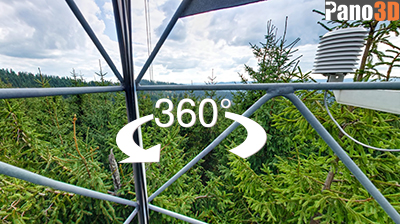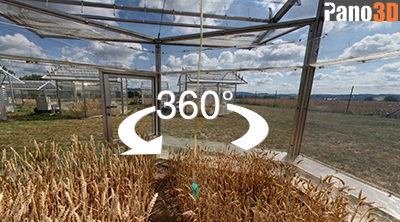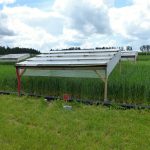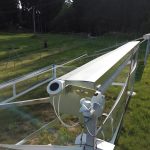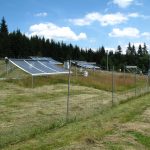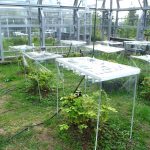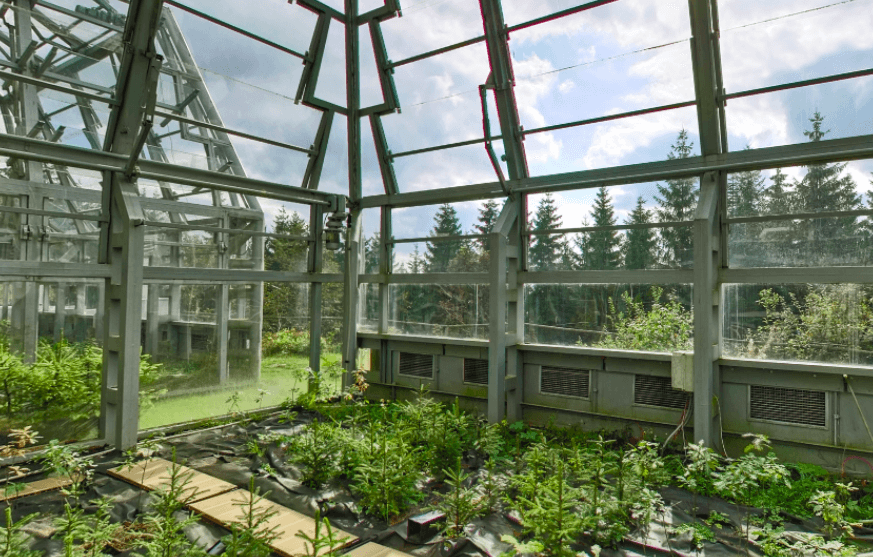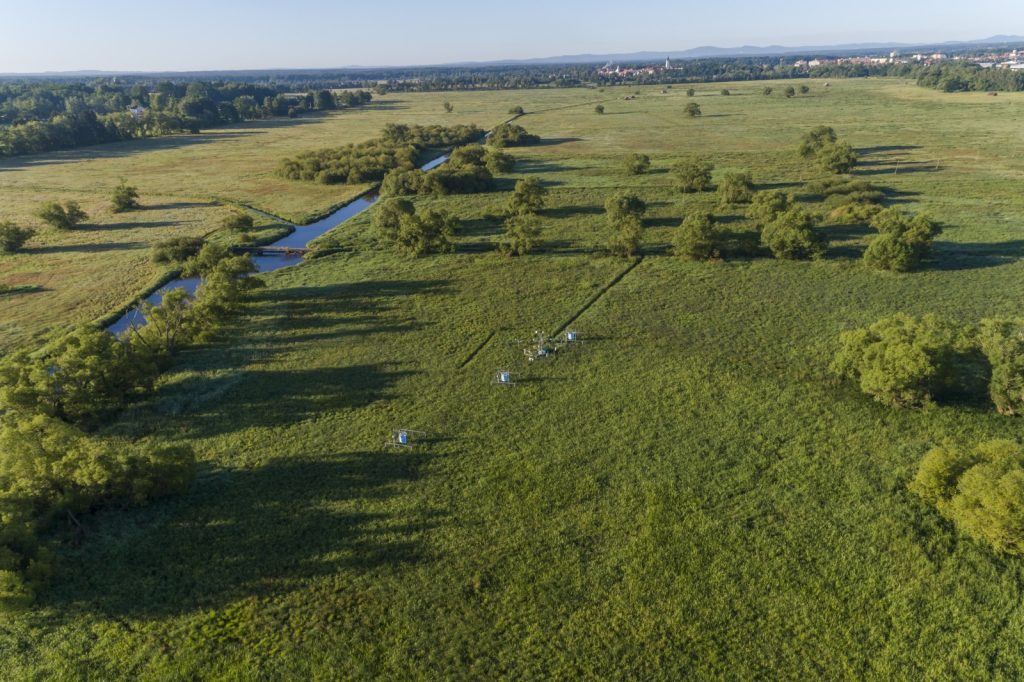doc. Mgr. Otmar Urban, Ph.D. – head
Scientists:
Mgr. Alexander Ač, Ph.D.
prof. RNDr. Jana Albrechtová, Ph.D.
Dr. Albert Gargallo Garriga
prof. John Grace
Mgr. Petr Holub, Ph.D.
prof. Marcel Jansen, Ph.D.
Ing. Stanislav Juráň, Ph.D.
Mgr. Václav Karlický, Ph.D.
Ing. Karel Klem, Ph.D.
Mgr. Daniel Kováč, Ph.D.
Mgr. Zuzana Lhotáková, Ph.D.
Dr. Kumud Bandhu Mishra, Ph.D.
Mgr. Anamika Mishra, Ph.D.
M.Sc. Sneha Patra, Ph.D.
prof. Josep Peňuelas Reixach
Dr. Swati Puranik
M.Sc. Pranav Pankaj Sahu, Ph.D.
prof. Jorge Sardans Galobart
Mgr. Miroslava Šprtová, Ph.D.
doc. RNDr. Vladimír Špunda, CSc.
Mgr. Kristýna Večeřová, Ph.D.
Mgr. Petr Vítek, Ph.D.
Ing. Jaroslav Záhora, CSc.
Ph.D. students:
Mgr. Renata Divinová
Mgr. Hana Findurová, Ph.D.
Ing. Mgr. Vendula Koublová
Mgr. Viktor Nagy
MSc. Kojo Kwakye Ofori-Amanfo, Ph.D.
Ing. Emmanuel Opoku
Ing. Daniel Růžička
Others:
Ing. Lucie Bystřická
Zuzana Černá
Ing. Natálie Pernicová
lic. Lukáš Rajsner
Mgr. Inna Roshka
Miroslav Švec
Motto
Understanding the biochemical, physiological and morphological mechanisms, by which plants adapt to their environment, is crucial for the sustainability of ecosystems under the conditions of incoming climate change and allows many applications in forestry and agricultural practices.
Our research is focused on the study of biochemical, physiological and morphological processes related mainly to carbon assimilation, plant water regime, and protective mechanisms. We study these processes on a unique, wide temporal and spatial scales, from the activation of photosynthetic enzymes, through the formation of primary and secondary metabolites, to the processes of formation or allocation of biomass and carbon sequestration. Our research is carried out on many plant species covering basic crops (e.g. wheat, barley), forest trees (e.g. spruce, beech, oak) as well as model plant species with a wide genetic variability (e.g. Arabidopsis wild-type varieties).
We aim to describe and understand the mechanisms related to the adaptation, acclimation and resistance of plants to environmental factors associated with climate change such as elevated concentrations of CO2 and ozone in the atmosphere, temperature extremes or extremes in water availability (drought, flooding). These factors often act in interactions with other limiting factors such as varying intensity and spectral composition of solar radiation (ultraviolet (UV) radiation, blue light, far-red light), availability of mineral nutrition (nitrogen, phosphorus), air pollution (nanoparticles of cadmium, lead, copper), plant diseases, etc.
Investigation of such a wide spectrum of research topics requires an innovative interconnection of classical physiological techniques (gas-exchange measurements – determination of photosynthetic CO2 uptake, respiration, transpiration, etc.; fluorescence – detection of plant protection compounds, investigation of primary photochemical reactions of photosynthesis; or spectroradiometric measurements – identification of leaf optical properties associated with their pigment composition, water content, mineral nutrition, or anatomical structure) with outputs of other scientific disciplines such as environmental metabolomics or analysis of stable isotopes in plant biomass. This approach makes it possible to identify major metabolic pathways affected by stress conditions, to identify markers of early plant injuries, and to clarify the link between the metabolic response to environmental exposure, morphological changes, and plant productivity.
Unique laboratory and field experiments with manipulation of climatic factors are used to achieve these goals. In laboratory experiments, growth chambers (phytotrons) enabling continuous regulation of intensity and spectral composition (in UV, R, G, B, FR spectral bands) of light, temperature (-4 – 40 ° C), air humidity and CO2 concentration are used. In the field experiments, automated experimental spheres and open-top chambers are mainly used for the cultivation of model tree species and field crops. These facilities, which allow manipulation of CO2 concentration in the atmosphere, water availability, temperature or mineral nutrition, are located at the experimental stations Bílý Kříž in the Moravian-Silesian Beskydy Mts. and Domanínek near Bystřice nad Pernštejnem.
The laboratory also operates a set of exposure benches and experimental shelters for studies on enhanced UV radiation and drought impacts, respectively. Passive platforms are gradually replaced by automatic systems (a system used on the grassland of the Bílý Kříž experimental station) allowing study of the combined effects of drought (shielding of rainfall), UV radiation (application of filters) and increased temperature (avoiding the emission of thermal radiation). This experimental infrastructure, as well as the laboratory equipment, form a part of AnaEE’s European infrastructure (https://www.anaee.com/).
Pro studium adaptačních mechanismů rostlin využívá Laboratoř rovněž přirozených experimentů in natura.
To study plant adaptation mechanisms, we also use experiments designed by nature – in natura experiments. These experiments are based on natural microclimate gradients along altitudinal and/or geographical gradients. A typical example is the adaptation of sun- and shade-acclimated beech leaves within the elevation gradient (Rajsnerová et al. 2015; here). Close international co-operations, such as UV4plants, enable us to explore geographic gradients characterized by a wide temperature range or the amount and quality of solar radiation (Castagna et al. 2017; here).
Keywords
abiotic/biotic stress; plant acclimation/adaptation; ecological plant physiology; emissions of volatile organic compounds; environmental metabolomics; plant phenotyping; photosynthesis and carbon cycle; gradient studies; manipulation experiments; mineral nutrition; ozone; drought; temperature; UV radiation; nanoparticles; elevated CO2 concentration
Main research activities
Research on the impact of global change on plant physiology and production processes in the plant-ecosystem scale
Implementation of multifactorial manipulation experiments to study the interactions of environmental factors related to climate change
Study of adaptation and regulation mechanisms related to impacts of climate change, including identification of species and genotypic variability in their ability to adapt
Development and application of new methods for diagnosis of stress by evaluating physiological processes based on the selection of sensitive spectral-optical properties of leaves/vegetation and their subsequent use in plant phenotyping and remote sensing for monitoring vegetation and precision agriculture
Development of methods and markers for the identification of suitable genotypes of crops with higher resistance to adverse environmental conditions (drought, extreme temperature)
Study of the effect of air pollution (nanoparticles, tropospheric ozone) on the metabolism, physiology, and growth of plants and their interaction with other stress factors (high temperature, drought)
Study of volatile organic compound (VOC) and organic aerosol fluxes in forest ecosystems and urban environment
Analysis of mechanisms underlying variability in fluxes of matters (CO2, H2O, O3, VOC) and energy (sensible, latent heat) in natural ecosystems under different radiation conditions – effects of complex sky conditions
Development of adaptation technologies and mitigation measures increasing the ability of plants and ecosystems to overcome unfavorable conditions and reducing greenhouse gas emissions (no-till farming, mulch sowing, intercropping, biochar application).

